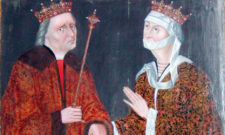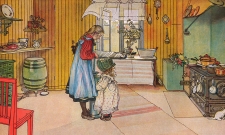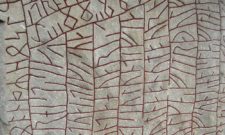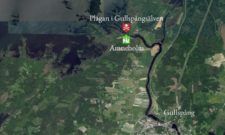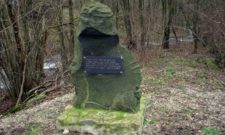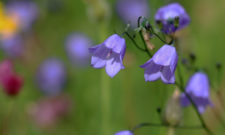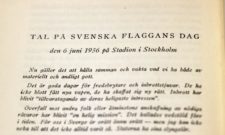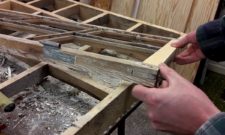Shop our historical maps

Mar
A battle between 300 well-trained and well-equipped Swedish soldiers and a peasant posse of about 500 Skåne farmers.
On today's date, according to local oral tradition, up to 500 Scanian farmers are massacred by Swedish cavalry in the battle of Borst north of Vombsjön in Färs härad in Skåne, which was then part of Denmark. You will find links to the National Heritage Board's reports at the end of the article, where you can read about the results of their archaeological investigations.
The event in brief:
Sweden attacked Denmark-Norway in a war that came to be called The Torstensonian War, which lasted between 1643 and 1645. The war was instigated by Axel Oxenstierna with the aim of lifting the Danish Öresund toll and making strategic gains to make future Danish attacks on Sweden more difficult.
On the southern front towards Danish Skåne, a campaign was led by Field Marshal Gustav Horn, which came to be known as Horn's War. On 14 February 1644, a Swedish army entered Skåne via Markaryd under the command of Horn.
"A Swedish cavalry unit consisting of two squadrons, totalling 300 horsemen and troops, under the command of Major General Hans Wachtmeister, was sent out in March from Lund to procure provisions and food for the army." - Evert Persson,
history buff
It was these 300 horsemen who, on their way to plunder Bjärsjölagård and Övedskloster, encountered resistance at Borstbäcken consisting of up to 500 poorly armed and untrained Scanian peasants. The peasant rebellion is said to have originated from all parishes in Färs härad. Spears, clubs, clubs, weapons and the occasional wheel-lock rifle met battle-hardened Swedish soldiers with firearms and blank weapons. The Faroese were quickly defeated, and according to legend, all the peasants lost their lives and were buried in a mass grave adjacent to the battlefield. However, no mass grave has been found during archaeological investigations.

How many farmers actually lost their lives that day is not known for sure. What happened has been passed down through local oral traditions. Little written evidence exists. That the battle took place, however, is known with a high degree of certainty, after the Swedish National Heritage Board UV Syd conducted a survey in spring 2006 and later in 2007 and found a lot of finds on the site that confirmed the local oral tradition.
"We believe that the archaeological results have significantly strengthened the veracity of the local oral tradition that there was fighting at Borstabäcken. Although the finds are few, they unanimously point to a 17th century date." - National Heritage Board UV Syd survey 2006:2
The National Heritage Board's field surveys
The Swedish National Heritage Board UV Syd survey 2006:2
National Heritage Board UV Syd survey 2007:7
Subscribe to YouTube:
If you appreciate Allmogens independent work to portray our fine Swedish history and Nordic culture, you are welcome to buy something nice in the shop or support us with a voluntary donation. Thank you in advance!
Support Allmogens via Swish: 123 258 97 29
Support Allmogens by becoming a member
Support Allmogens in your will
Popular
The slaughter of the almages on Helgeandsholmen 1463
Allmoge - what is it?
Smokestone (Eye 136)
The plague in the Gullspång river
25 March 1644: Massacre of Scanian peasants at the Battle of Borst
Small bluebell voted Sweden's national flower
Speech on Swedish Flag Day
How to renovate old windows step by step
Culture
